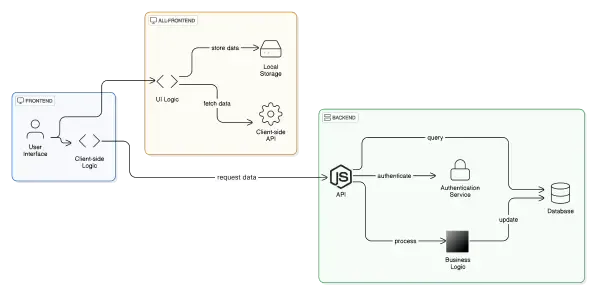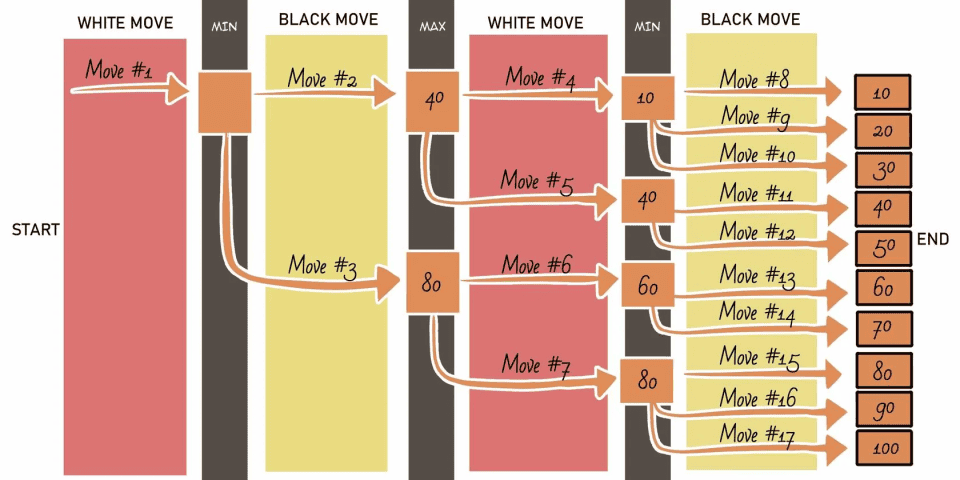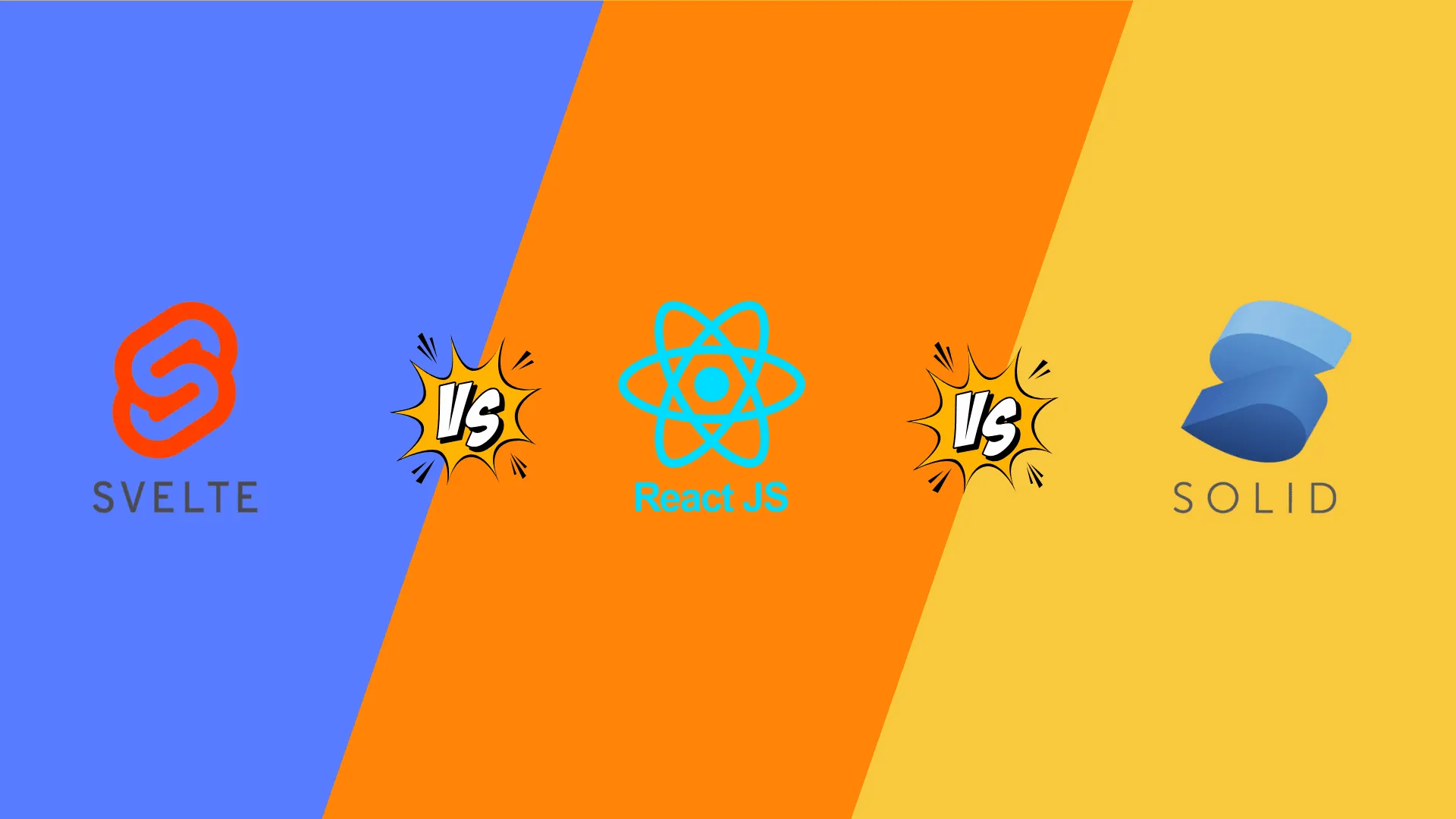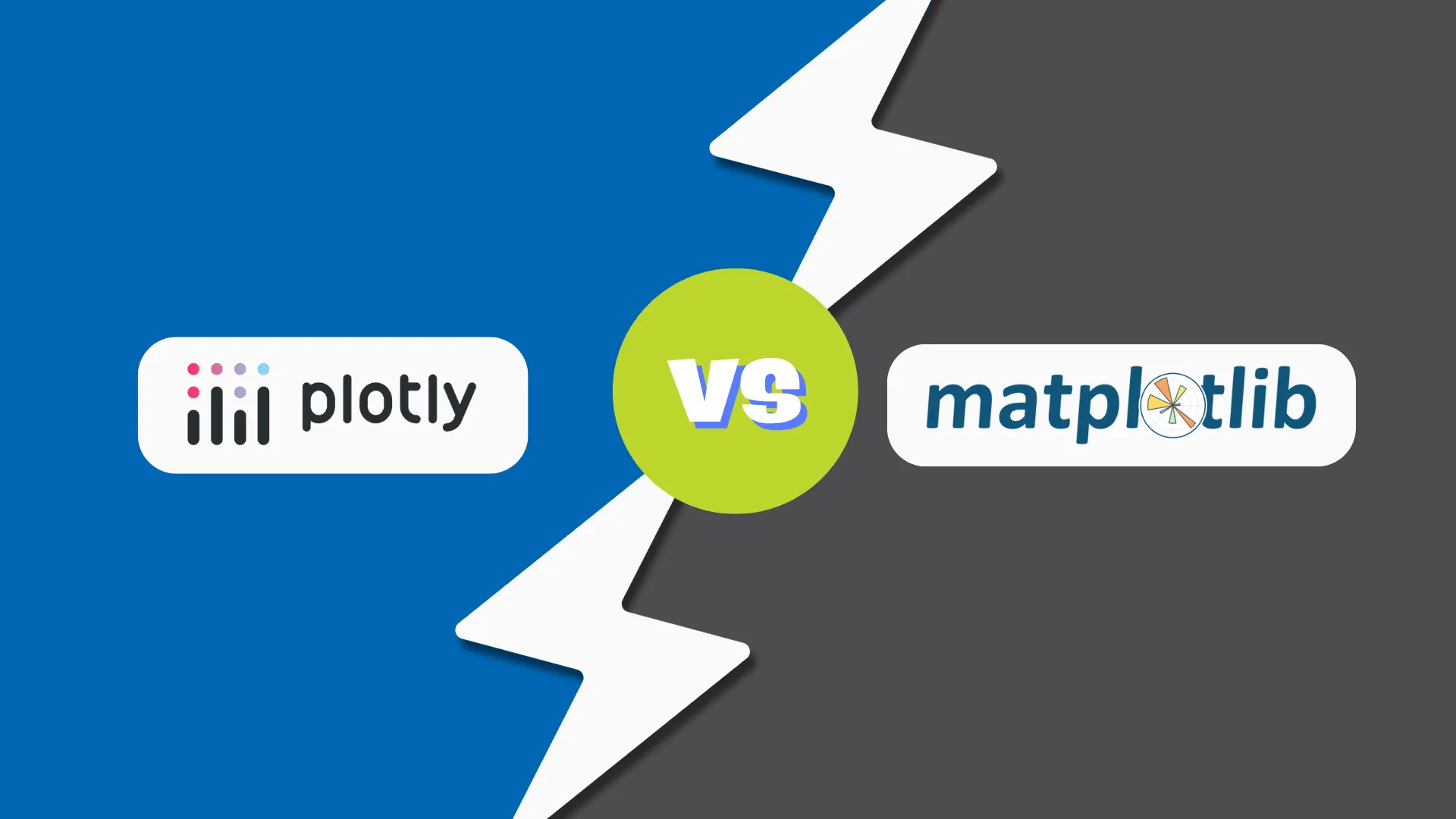Building efficient and scalable applications often requires balancing responsibilities between the frontend and backend. When tasks like report generation are managed solely on the frontend, it can lead to performance bottlenecks, scalability issues, and user experience challenges. Transitioning to a balanced architecture can address these limitations while improving overall system efficiency.
The Challenges of Frontend-Heavy Report Generation
Traditionally, many applications handle report generation on the frontend. This involves dynamically sourcing data and rendering PDFs directly within the browser. While straightforward, this approach can strain browser resources and lead to:
Performance Bottlenecks: Heavy computational tasks like processing large datasets or rendering complex designs can overwhelm the browser, causing lags or freezing.
User Experience Limitations: Reports take longer to generate, requiring users to keep the page active, resulting in a less responsive application.
Scalability Concerns: As user numbers grow, relying on frontend-only solutions creates inefficiencies and limits system growth.
Transitioning to a Balanced Architecture
To overcome these challenges, a balanced architecture distributes tasks between the frontend and backend, allowing each to focus on its strengths. Here’s how such an approach can transform performance and user experience.
Backend PDF Generation with Node.js
Node.js is an ideal choice for handling computationally intensive tasks due to its speed and efficiency. By moving report generation to the backend, the system can:
Utilize advanced PDF generation libraries like pdf-lib, react-PDF to create reports with detailed layouts, custom fonts, and branded designs.
Offload processing from the browser, freeing up resources for other user interactions.
Key Benefits:
- ● Improved responsiveness and smoother application performance.
- ● Enhanced capability to handle complex reports and large datasets.
Enhancing Development with Esbuild
Switching to esbuild, a modern bundler and transpiler, further optimizes the system's build process.
Why Esbuild?
Faster Build Times: Significantly reduces compilation time, enhancing development speed.
Native JavaScript Compatibility: Ensures smooth integration with frameworks like Next.js without compatibility issues unlike Bable.
Simplified Setup: Minimal configuration requirements streamline the development process.
esbuild supports both bundling and code splitting. Bundling is when you want to deploy a single app.js target. Code splitting is when you want to split app.js into many targets, like header.js or sidebar.js etc. esbuild has built-in support for various content types using its component called "loaders". The loader tells esbuild how to parse a particular content type.
The three common loaders enabled by default are:
Typescript loader
JavaScript loader
CSS loader
Key Benefits:
- ● Faster iteration cycles for developers.
- ● A stable and efficient development environment.

The Results of a Balanced System
Implementing a balanced architecture delivers significant benefits:
Improved Performance: Offloading heavy tasks to the backend ensures the frontend remains responsive and fast.
Scalability: Backend and storage integration supports growing user demands without compromising performance.
Enhanced User Experience: Asynchronous report generation and seamless access enhance usability and satisfaction.
Efficient Development: Streamlined build processes and compatibility improvements allow developers to focus on innovation.

Transitioning from a frontend-heavy approach to a balanced architecture transforms both user and developer experiences. By leveraging the strengths of the backend for computational tasks, integrating secure storage solutions, and optimizing the build process, applications can achieve scalability, efficiency, and superior performance.
Balancing responsibilities between the frontend and backend is key to building modern, robust applications that meet the demands of users and developers alike.






